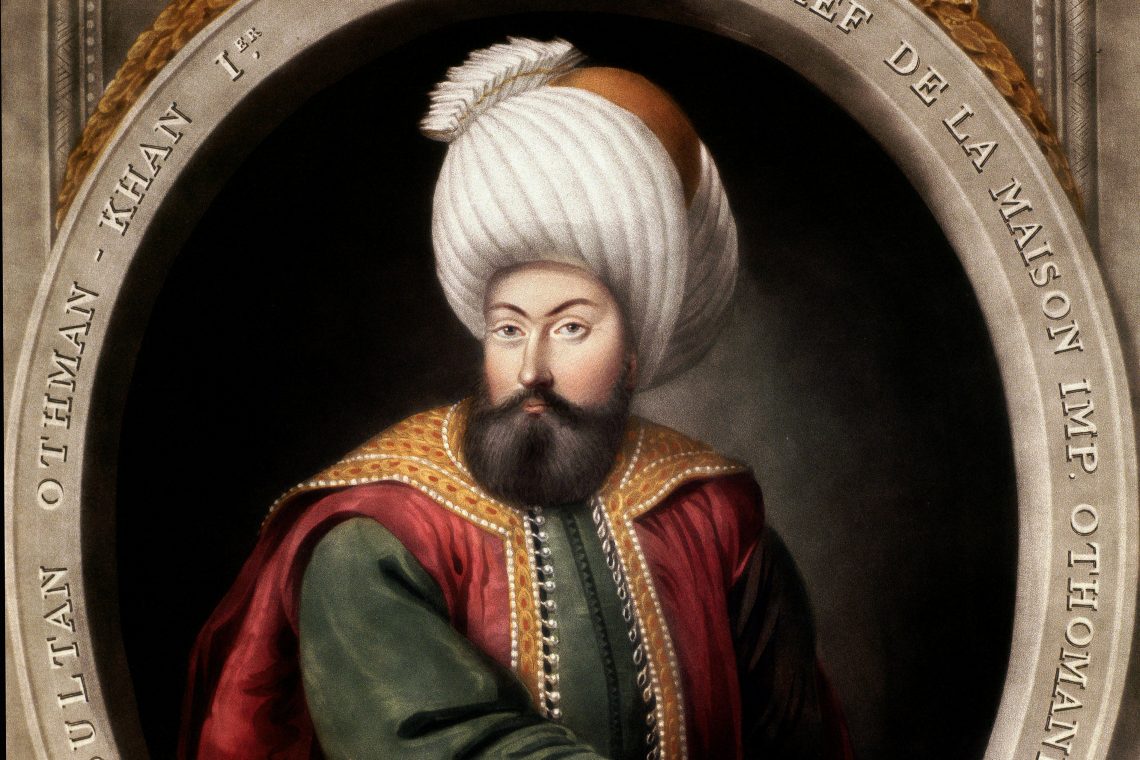
Life as a Sultan, the Harem and the Topkapı Palace
Close to autumn, I want to dream of the life of a Sultan in the Topkapı Palace. Who among you has never dreamed of a “life as a Sultan”? Who among you has never heard of life in the Harem? The idealizations of the Harem and the sultan’s life, however, often do not correspond to reality. Of course, glitz and luxury were the order of the day, but life inside the Palace was not always as serene and peaceful as you might imagine.
In the heart of shining Istanbul, there is a unique palace, in the world the most emblematic palace in the city, the Topkapı Palace, which we can define as a city within a city.
Indeed, it occupies a very large space and is made up of gardens, administrative buildings, mosques, libraries, bathrooms, private apartments, reception rooms. Topkapı Palace is the ideal place where it is still possible to imagine what life was like at the Ottoman court.
History of the Topkapı Palace
It is a 15th-century construction and was created to become the new residence of Sultan Mehmet II, so its geographical position is strategic. In fact, it dominates the Bosporus, the Sea of Marmara and the Golden Horn. Each sultan, subsequent to Mehmet II, will bring changes or additions to the Palace, but in the twentieth century it become a museum.
The Harem and court life
Topkapı Palace is the official residence of the Sultan, where everything is cantered on the person of him. Court life is strictly codified. The place that certainly turns out to be the most intriguing and fascinating is undoubtedly the Harem. Access prohibited to any other man; the Harem is intriguing already for its existence. Mysterious place, the Harem is the most exclusive part of the building, where the only man to have access to it is the sultan.
The reigning Sultan’s mother and all his concubines (with their children) live there. Apart from the Sultan, only eunuchs can access it. Eunuchs, other mysterious figures of the Harem, are fundamental and indispensable (they are castrated slaves, and that is why they have access to the Sultan’s Harem) in the organization of the palace and specifically of the Harem.
Far from the fictional image, the Harem is a place where there are rivalries and rigid hierarchies, where the queen mother of the Sultan dominates. She is listened to by her son and therefore has a strong influence on the affairs of the Empire. Consequently, any slave who manages to have an influence on the Sultan manages to gain power in the Harem, while at the same time creating bitter rivalry.
After the sultan mother, in the hierarchy, there are the legitimate wives of the sultan. According to the Muslim religion there could be a maximum of 4 wives and like the mother of the Sultan, they had private apartments, although less luxurious than the queen mother.
Their main goal was to give the Sultan a son, in order to secure an important place in the Harem hierarchy.
Following in the hierarchy are the 40 concubines, who all live in the common apartments, followed by another 400 women, usually very young. The Sultan’s visits to these women are very sporadic.
The women of the Harem, educated but imprisoned
Each of these “slave” women received a good education. In fact, they studied religious sciences, music, embroidery or painting. The women of the Harem lived in seclusion but they were educated. Clearly this is not an education as we, emancipated women of the 21st century, understand it. Nowadays, education also serves to emancipate oneself. At that time, no emancipation was contemplated, since the women of the Harem were slaves.
Despite having a life cut off from the outside world, they managed to have an influence on the Sultan and therefore also on the choices of the Empire. The origins of the women of the Harem were varied, although some Sultans had preferences for particular geographical areas. However, all the women of the Harem were foreign slaves, as Islamic law prohibited the slavery of Muslim women.
The heir to the throne
The Prince heir to the throne was kept separate from the other brothers, due to the numerous fratricides. Only the tutor who had the role of training him could enter his room. Court intrigues at Topkapı Palace were the order of the day. The jealousies and envy between concubines often spilled over to the children, to give their son a better chance of becoming the heir of the Sultan.
When a Prince became a Sultan, it was customary to have all the other brothers killed to avoid any retaliation. This situation often created other difficulties, if the reigning Sultan died suddenly, the scenario of finding himself without a potential Sultan was very possible. Behind all of the sumptuous and luxurious world, therefore, there were intrigues and mysteries.
The Sultana Hürrem, the most loved
How to close my article “Life as a Sultan” without naming Hürrem, a slave of Circassian origin, she was the most influential woman in the court of Suleiman the Magnificent. Her name means the joyful, for her personality, who made the Sultan fall madly in love.
The sultan’s passion for this foreign woman will bring many changes and infinite jealousies in the court of Suleiman the Magnificent. Starting with Mahidevran, she was at that time the favourite of the Sultan and the mother of her son, Prince Mustafa.
The rivalry between the two women was tough, but Mahidevran could do nothing in the face of the Sultan’s passion for her joyful Hürrem.
The passion and love that are often sung even in modern times, with truly romantic songs, is very representative of the conception of love in Turkey.
We still think today that true love is what overwhelms. This overwhelming love is sung or written. In her time, Suleiman composed flaming poems for his beloved Hürrem, so much so that she was nicknamed the Sultana.
I hope I have transported you, back to the time of the reading, to the mysterious rooms of the magnificent Topkapı Palace.




